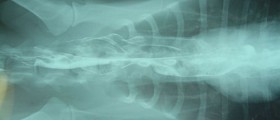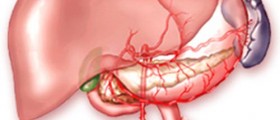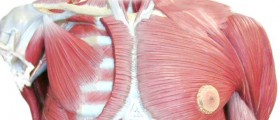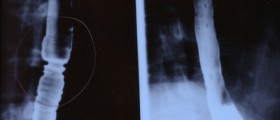
Myasthenia Gravis Treatment Overview
Myasthenia gravis is a chronic autoimmune neuromuscular disease characterized by changeable degrees of weakness ofthe skeletal (voluntary) muscles of the body. Thisdisease interferes with the message the nerves send to the body. It is common that one notices the weakness while using certain muscles and then, after they had some rest, the muscles become strong again. This worsening with use and improving with rest, is a hallmark of this particular disease.
Causes
Myasthenia gravis is an autoimmune disease because the immune system mistakenly attacks itself. It occurs when the communication between the nerve and muscle is interrupted at the neuromuscular junction (that is the place where nerve cells connect with the muscles they control). Usually, when impulses travel down the nerve, the nerve endings release a neurotransmitter substance called acetylcholine (which helps generate muscle contraction). In myasthenia gravis, antibodies block, modify, or destroy the receptors for acetylcholine at the neuromuscular junction which prevents the muscle contraction from occurring. It'sbelieved that the thymus gland, a part of the immune system located in the upper chest beneath the breastbone, may trigger or sustain the production of the antibodies that cause myasthenia gravis. With the people with this condition, this gland is abnormally large.
Symptoms
There are certain groups of muscles that are more commonly affected thanothers.
Face and throat muscles. The symptoms may manifest themselves as: difficulty with swallowing, chewing, speaking, and the ability of making facial expressions. Arm and leg muscles. This condition usually affects the arm muscles, however, it can also affect the leg muscles, and the person may appear to waddle when walking. Eye muscles. The symptoms include: drooping of one or both eyes, blurred or double vision.Symptoms may be aggravated by some factors, such as fatigue, stress, heat, illness and some medication (such as beta-blockers).
Treatment
There are certain medications that might help improve nerve-to-muscle messages and make muscles stronger. A wide variety of medical therapy exists for patients with myasthenia gravis. The medication that the doctor might prescribe includes immunosuppressants (to modify one’s immune system, thus preventing it from attacking the body’s cells), cholinesterase inhibitors (to enhance the communication between nerves and muscles; this is the first line of treatment of myasthenia gravis), and corticosteroids (to limit antibody production).
Also, surgery is a treatment option. There are various types of surgery, but an expert will determine which one suits the patient best. Thymectomy is for patients that have a tumor in the thymus. There have been studies that have shown that 85% of patients’ condition has improved after this procedure. Strabismus surgery is also successful in recovering muscle function.

















Your thoughts on this
Loading...